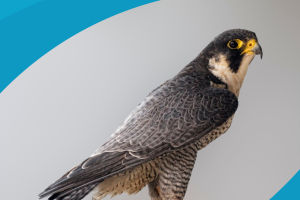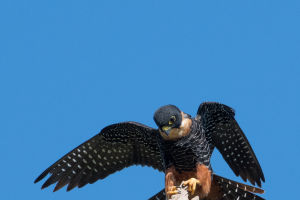In nature, some animals will migrate periodically or non-periodically. Animal migration is often due to reasons such as reproduction, foraging, climate change, etc..
And they will form very large scenic spots during the migration process, such as the most spectacular on earth.
The scene of the great migration of animals in East Africa is the great migration of animals in East Africa; but this time, look at the wonders formed by the migration of butterflies among insects: tens of thousands of butterflies gather together, and the momentum is not inferior to the bee colony!
There are many species of butterflies that live on the North American continent, but none are as beloved by the public as the monarch. This butterfly is large, colorful, and has a very beautiful appearance.
What is even more commendable is that they fly thousands of miles from North America to Mexico to spend the winter year after year, and the four generations of relays have no hesitation.
What is special about monarch butterflies? What is the secret of migration? Why do they continue to attract public attention?
Every year around August, in the wild forests of North America, it is common to see some big trees covered with a kind of butterfly. A few butterflies look very beautiful, but when tens of thousands of butterflies are attached the trees are densely packed, causing people to have a dense phobia and involuntarily tingling their scalps.
This kind of butterfly has a wingspan of 8.6-12.4 cm. It is a medium-sized butterfly with an extremely gorgeous color, but such a bright color is also the warning color of this butterfly.
This kind of butterfly is poisonous because the adults and larvae They all feed on the poisonous plant milkweed and are a special butterfly species that eat poison to protect themselves.
Every autumn, as the days get shorter and temperatures drop, monarch butterflies start their migration mechanisms to find a safe place to spend the winter.
They trek from southern Canada and the northern United States all the way to the overwintering forests of Mexico, and after spending a full winter, the following spring, they travel north from Mexico to their breeding grounds in the United States and Canada.
This whole process takes thousands of kilometers and spans four generations. To accomplish such a feat with a small body is the most breathtaking natural phenomenon on earth.
In North America, the monarchs migrate south each year around August and return north in the spring. In the process of migration, they breed the next generation and die at the same time.
They do not complete the migration in one generation, because the lifespan of monarch butterflies is only about 2 months, and it takes 3-4 generations of "life relay" to complete more than 4 With long-distance migrations of thousands of kilometers, the monarch butterfly is one of the most famous butterfly species in the Americas, known for its spectacular long-distance annual migration!


